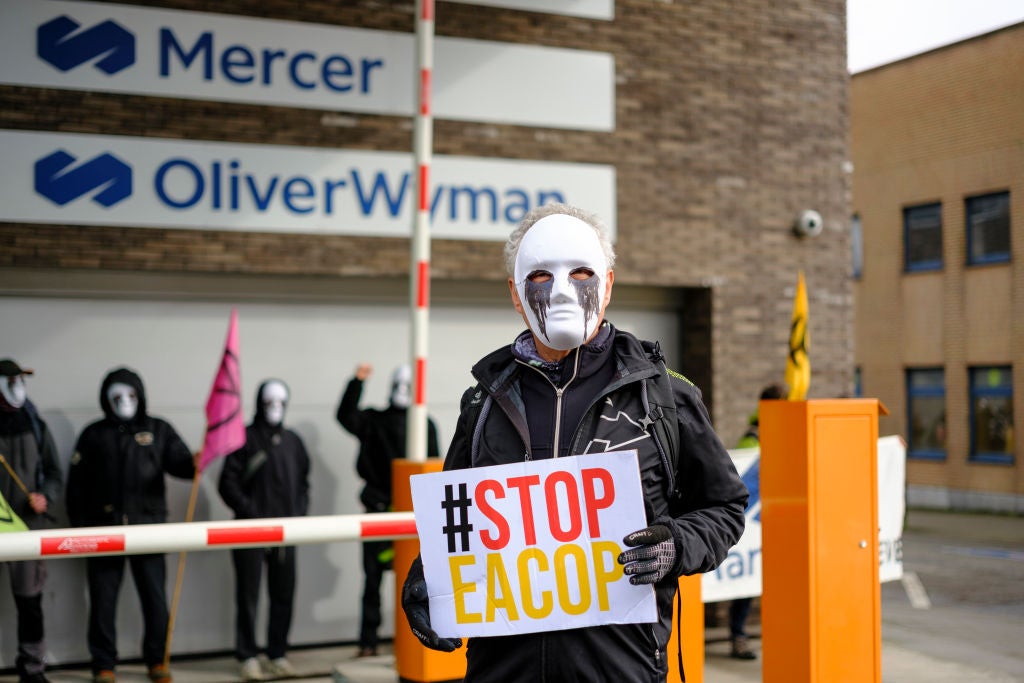
Sonardyne International and XOCEAN have completed a live seabed-to-shore data harvesting mission using an unmanned surface vessel (USV) for oil and energy firm Norske Shell.
The operation was part of a seabed monitoring campaign at the giant Ormen Lange field offshore Norway. The USV collected data from Sonardyne’s long-endurance Fetch pressure monitoring transponders.
Sonardyne said the project was completed with significantly less emissions and less cost than could be done with a manned vessel. According to the companies, using the XOCEAN XO-450 unmanned surface vessel to harvest data prevented about 5.4t of CO2 per day from being released.
XOCEAN says its USVs have a negligible carbon footprint and all other emissions are offset, resulting in a complete carbon-neutral operation.
The two companies said the project saw the USV transit a total of 300km from Kristiansund out to the Ormen Lange field and back, in just three days.
Sonardyne Exploration and Surveillance global business manager Shaun Dunn said: “We have always been big advocates of collecting data from our subsea instruments remotely using autonomous platforms.
How well do you really know your competitors?
Access the most comprehensive Company Profiles on the market, powered by GlobalData. Save hours of research. Gain competitive edge.

Thank you!
Your download email will arrive shortly
Not ready to buy yet? Download a free sample
We are confident about the unique quality of our Company Profiles. However, we want you to make the most beneficial decision for your business, so we offer a free sample that you can download by submitting the below form
By GlobalData“This technology is now coming of age and makes complete sense when thinking about the environment, the safety of offshore personnel and minimising cost. What’s more, thanks to the low hull and propulsion noise USVs can achieve, the data gathering is also faster, adding further to the efficiencies of this approach.”
The operation is thought to be one of the largest USV data harvesting missions so far.
The vessel was ‘posted’ to Norway and then launched by SafePath, a local marine operations service provider.
All other team members, comprising remote operations specialists of Sonardyne in the UK, XOCEAN’s USV pilots in Ireland, and Norske Shell’s geophysicists in Norway and the US, worked remotely from their home offices.




